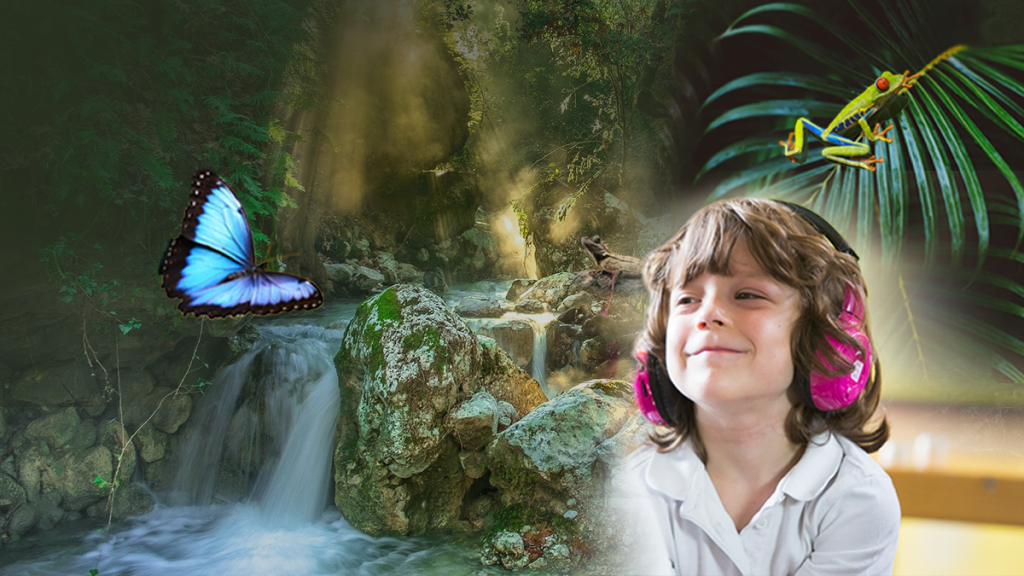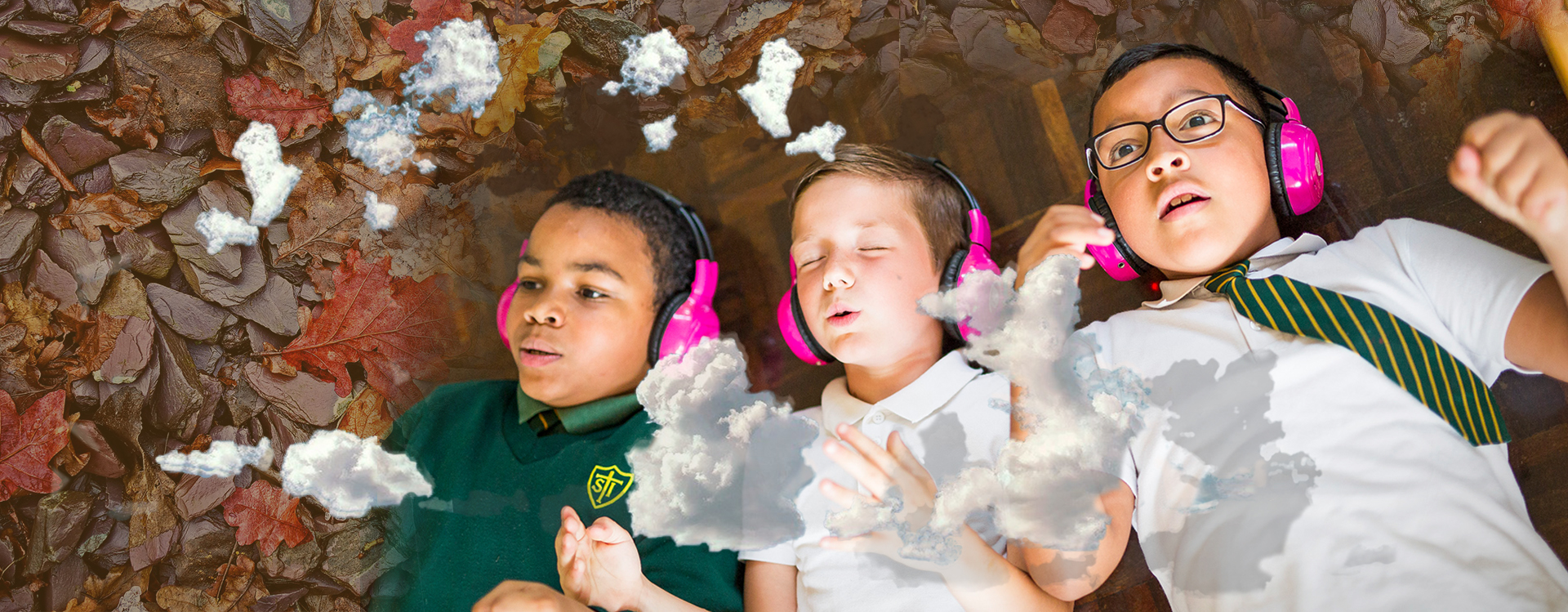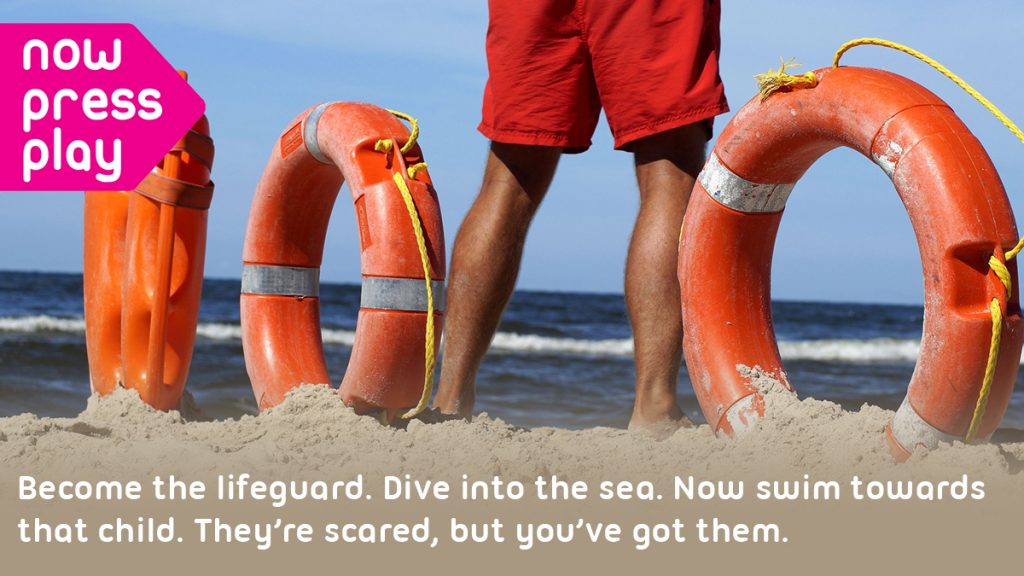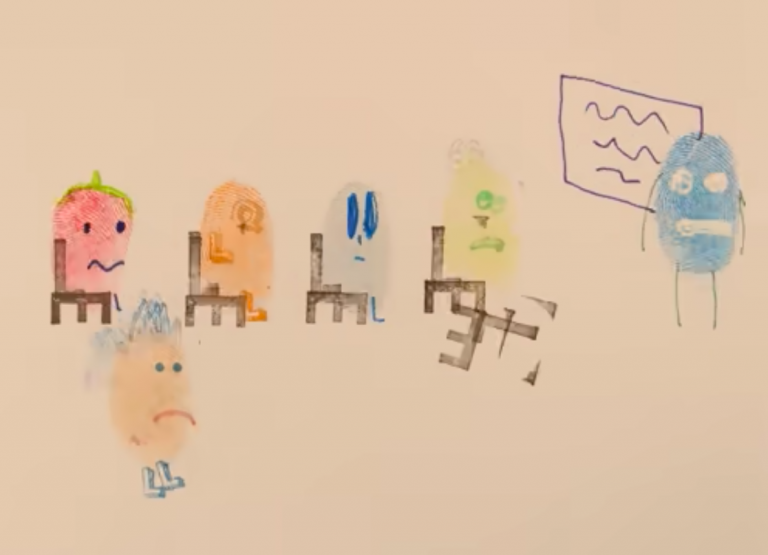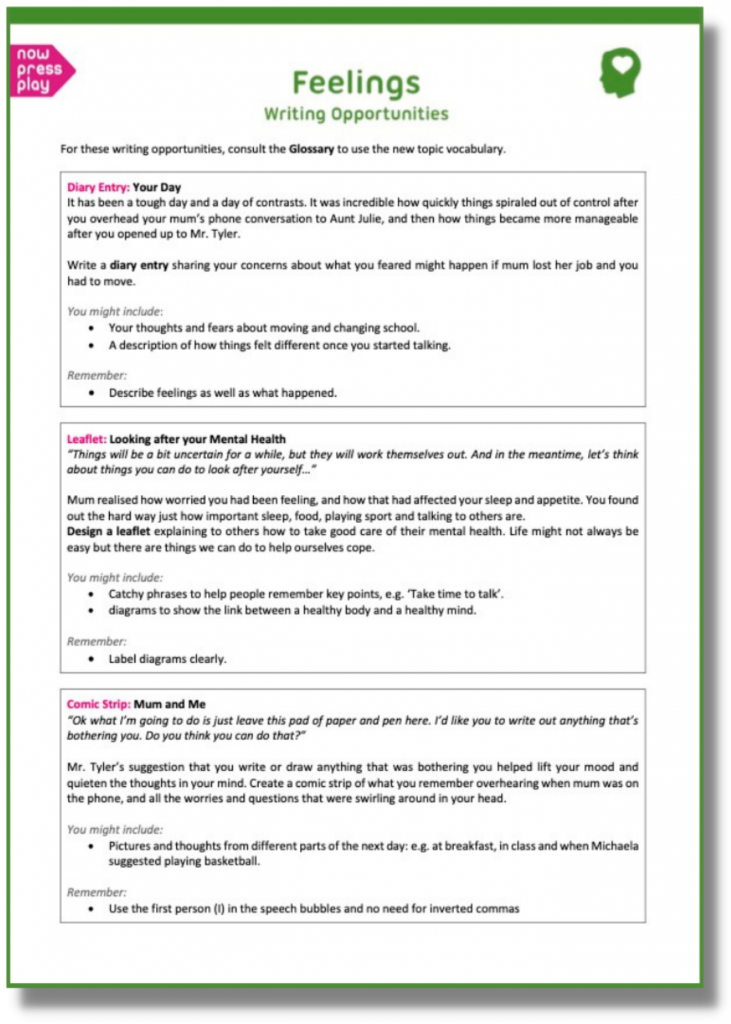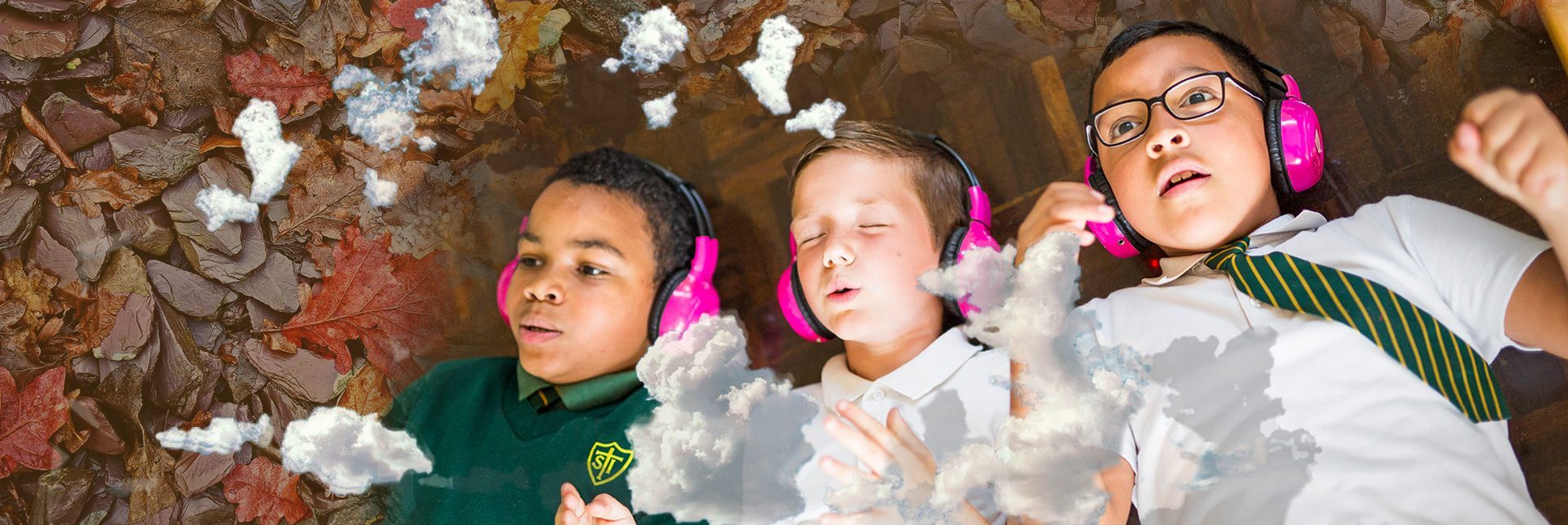
Mental health is something we all need to talk about. However, it’s not always an easy thing to discuss — especially with young children. That’s why we’re providing a list of valuable mental health resources for use in primary schools.
In a school classroom of 30, five children are now likely to suffer from a mental health issue. We think getting students to understand their own and others’ feelings is a massive step towards getting them the support they need as early as possible.
Here are five great ways you and your staff can create valuable discussions around wellbeing and mental health in schools.
1. Immerse your students in a story
Putting mental health into context can be a great way to help your pupils understand it.
Children’s charity Young Minds have a great collaboration with Beano, with free lesson plans that help pupils put feelings into context using comic characters such as Dennis the Menace.
Two of now>press>play’s immersive Experiences let them become the main character in stories that focus on understanding and discussing mental health.
- In our KS1 Feelings Experience, children engage with disappointment, how sadness can turn to anger, and how to look for support.
- Our KS2 Feelings Experience helps them recognise symptoms of distress, such as feeling overwhelmed and being unable to concentrate.

2. Explore what affects mental health
There are many things that can affect our mental health — and plenty of ways to practice self-care. Exploring the things that impact their wellbeing can help children develop resilience and a positive relationship with themselves.
Bounce Back Newham has some brilliant resources on topics such as being more active, having positive relationships, and staying motivated.
Our 90+ Experiences include several PSHE topics for KS1 and KS2, as well as a number of EYFS stories demonstrating the basics of wellbeing and safety. Furthermore, our follow-on resources help further embed the social and emotional learning from our Experiences.
3. Give children an emotional vocabulary
Mental health is something we all experience throughout our lives. But before you have the language to talk about it, how can you understand it?
The PSHE Association provides guidance, lesson plans, and resources for teaching mental health and emotional wellbeing, including developing key vocabulary for KS1 and KS2.
Our Experiences work well for consolidating what’s already been done in class and for inspiring follow-on work that digs deeper into how to spot and recognise emotional states. Our Glossary follow-on resources further embed key vocabulary to help children develop the language they need to talk about mental health.
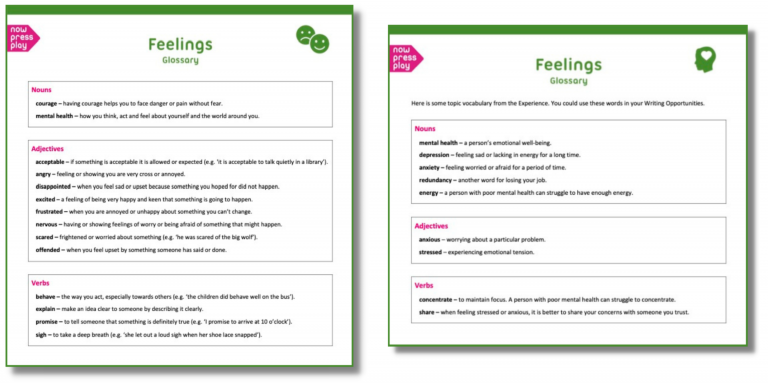
4. Use writing and discussion to teach self-expression
Encouraging your students to take part in a class discussion, or write their feelings down in a poem, letter, or diary entry, can help them to understand the value of self-expression. You might even get some great literacy work out of it, too!
The Anna Freud National Centre for Families and Children has made an excellent animated film called Talking Mental Health. It aims to give children:
- An understanding of what mental health is and the difference between everyday “small feelings” and “big feelings.”
- Consistent and accessible language to talk about mental health.
- An understanding of how to be a good listener.
Why not use the video to prompt a class discussion around mental health? Or, you might use some of the Writing Opportunities available alongside one of our Experiences to help inspire your pupils to put their feelings onto paper.
5. Create a whole-school plan for wellbeing
Of course, it’s not just students that are impacted by the stresses of their school and personal lives. A good wellbeing provision can help everybody in your school – children and teachers – to explore and take care of their mental health.
Place2B, the children’s mental health charity, offer a free training programme for Mental Health Leads to help implement an effective wellbeing provision across your school. Anna Freud also provide a great framework for creating a school-wide mental health action plan.
To help staff protect their emotional wellbeing, The Counselling Teacher has a brilliant list of 50 self-care ideas for teachers. Why not share these with your school staff, or use them to inspire your own wellbeing tips?
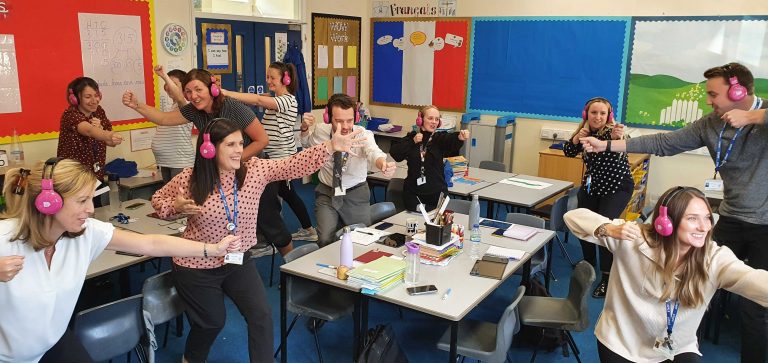
Become a Wellbeing Whizz
To encourage schools to take part in wellbeing activities with their students, we send out Wellbeing Whizz stickers to any class using one of our PSHE Experiences (or doing other mindful activities such as class yoga, meditation, etc.).
Simply post on your school’s social media about your work, tag us, and we’ll send stickers for your class!

